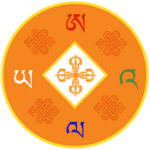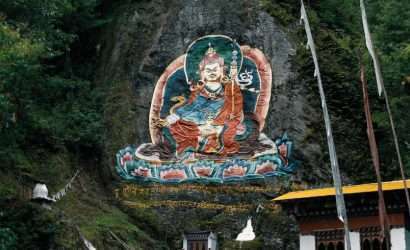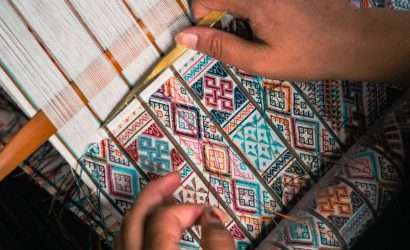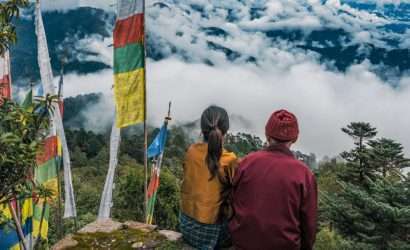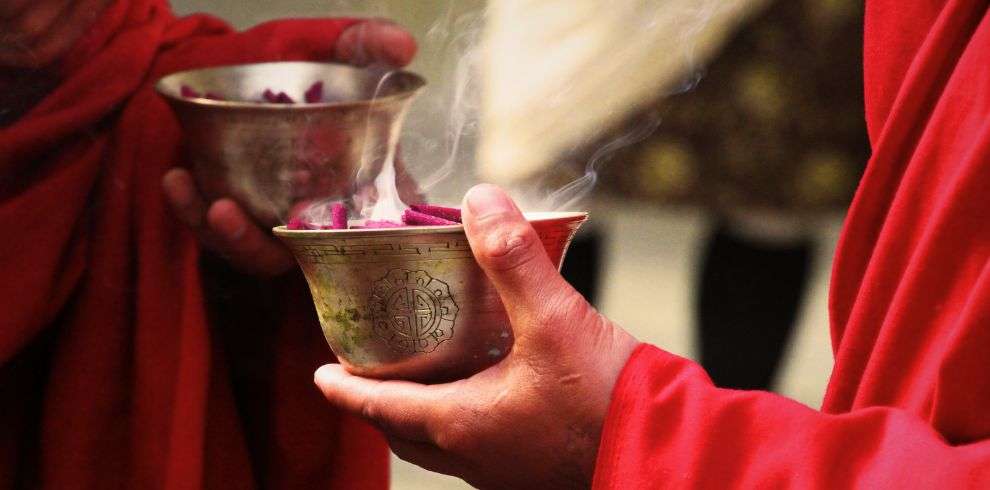Explore the Eastern Himalaya’s best birding destination Bhutan for its small human population and more varieties of primary sustainable nature and quality birdlife including the endemic birds of Eastern Himalaya and Western Himalaya.
Bhutan has been protected by its isolation within the Himalayas and its mountainous terrain. The deep valleys and almost impenetrable jungles have acted as allies in preventing destruction of the forests. Today over 70% of the land is forested and 60% is protected with 10 National Parks, together with great variation in altitudes from 150 m to 4,500m, creates an extremely wide range of habitats from undisturbed tropical jungles, through mixed temperate broadleaved forests to high alpine meadows. In this pristine environment where religion states that all life is sacred, wildlife flourishes, making Bhutan one of the top ten bio-diversity hot spots in the world. To date Bhutan has over 780 species of birds and lies within one of the 221 Global Endemic Bird Areas with 28 species of bird’s endemic to Eastern Himalayas
Overview
Our Spring birding tour will take you through the most amazingly beautiful landscape, full of birding excellence, where we should encounter some 350 species of birds including the country’s star attractions like Himalayan Monal, Satyr Tragopan, Rufous-necked Hornbill, Beautiful Nuthatch and Ward’s Trogon. In addition to the great number of birds, we should also find over 14 species of mammals and amazing variety of butterflies and flowers.
There will also be time to see the amazing architecture, visit dzong’s and meet the friendly Bhutanese people. Overall, experience the unique culture of Bhutan, expanding your interests but not compromising your main objectives!
